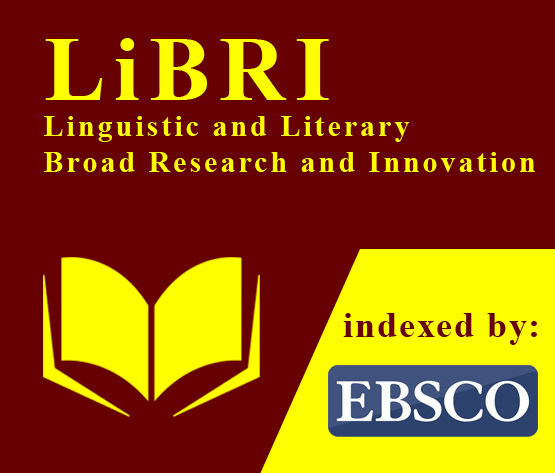Virginia Woolf, Hippolyte Taine and a Neuroscientific Approach
Abstract
In this paper, by bridging the gap between neuroscience and literary study, Hippolyte Adolphe Taines historical method, revitalized by neuroscientific studies, would be obtained to investigate Virginia Woolfs style of writing. Specifically, Taines theoryit is through race, surroundings, epoch that the life of an author and his/her literary productions are shapedwould be conjoined with the neuroscientific notion of epigenetics inherent in the theory which asserts that the character of an individual is the result of the mixture of the individual's circumstances of birth and his/her sociocultural environment to illuminate the shaping powers beneath Woolfs style of writing. As a result of Taines updated theory, Woolfs worldview was shaped by, first, the race; the second, the surroundings, which investigates childhood condition, which acted upon Woolfs predisposition to bipolar disorder to lead to her mental illness because of her experience as a sexually abused child. The epoch or sociocultural environment, the third force, affected Woolfs worldview through the dominant ideas (of William James) and major events (such as two great wars as well as scientific and technologic progress). Thus, this study would seek a collaboration between neuroscience and Taines historical approach to literary productions with the aim of updating and invigorating this literary theory in order to scrutinize Woolfs style of writing.
Keywords: Virginia Woolf, Hippolyte Adolphe Taine, Neuroscience, Antonio Damasio






